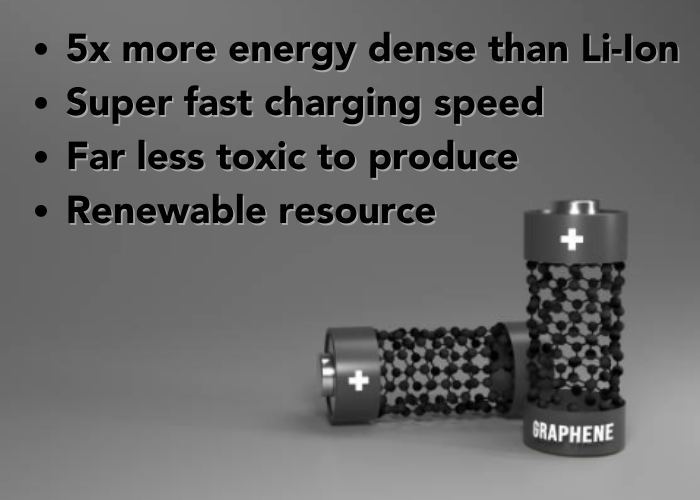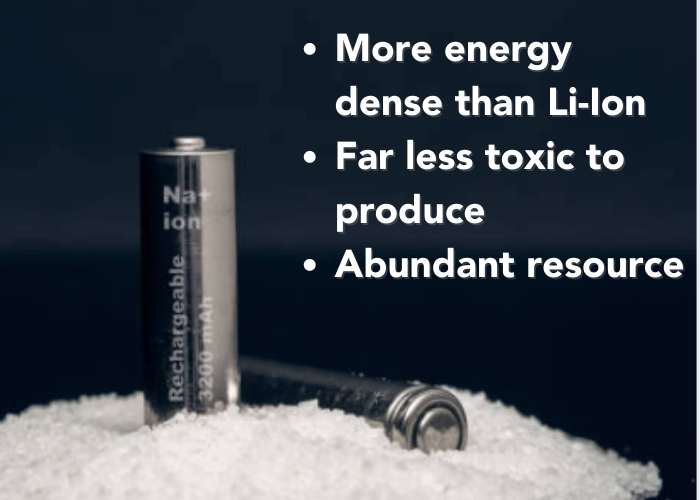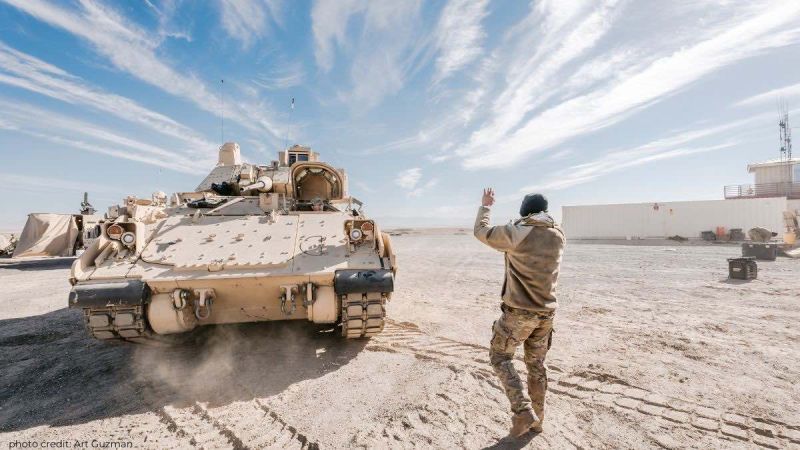The US Army's ambitious plan to deploy all-electric tanks has been put on hold due to the current limitations of battery technology. However, the landscape is rapidly changing as new advancements in battery research, including graphene, sodium-sulfur, and solid-state batteries, show promising potential. These emerging technologies could soon revolutionize the power storage capabilities, potentially accelerating the realization of the Army's vision.
Current Restrictions and Needs:
The Army's primary hurdle lies in the power requirements for electric tanks. To charge a 50-ton combat vehicle within the desired timeframe of 15 minutes, a massive 17-megawatt charging station is needed—over 20 times larger than the Army's largest mobile generator. The ability to generate, store, and distribute power quickly and efficiently remains a significant challenge for the frontline troops. Additionally, the Army seeks a solution that can withstand long distances and intense combat conditions while ensuring quick recharge times.
Graphene Batteries:
Graphene, a remarkable material known for its exceptional conductivity and strength, holds tremendous potential for advancing battery technology. Graphene-based batteries can offer higher energy density, faster-charging rates, and improved longevity. These attributes make graphene batteries a promising candidate for meeting the Army's power requirements and could enable rapid deployment of electric tanks.

Sodium Sulfur Batteries:
Sodium sulfur (NaS) batteries have garnered attention for their high energy density and ability to operate efficiently at high temperatures. These characteristics make NaS batteries suitable for demanding military applications, including electric tanks. Their potential to provide reliable power for extended periods and withstand harsh environments could overcome current restrictions and bring all-electric fighting vehicles closer to deployment.

Solid-State Batteries:
Solid-state batteries are another emerging technology that offers significant advantages over traditional lithium-ion batteries. By replacing liquid electrolytes with solid electrolytes, these batteries offer improved safety, higher energy density, faster-charging rates, and enhanced lifespan. Integrating solid-state batteries into electric tanks could address the Army's power storage challenges and pave the way for a more sustainable and efficient fleet.
Accelerating Deployment:
The emergence of graphene, sodium-sulfur, and solid-state batteries presents a promising opportunity for the US Army to expedite the deployment of all-electric tanks. Collaborations between the military and tech firms, such as GM Defense, highlight the potential for adapting commercial technology to meet the specific needs of the battlefield. By leveraging innovations in the consumer sector, the military can tap into an extensive supply chain and facilitate the integration of cutting-edge battery technologies into combat vehicles.
Conclusion:
While the US Army's dream of an all-electric fleet of tanks is temporarily on hold due to current battery limitations, the landscape is rapidly evolving. The advent of graphene, sodium-sulfur, and solid-state batteries holds great promise for meeting the power requirements of electric tanks. As battery technology advances, the Army's vision of reducing casualties, enhancing stealth capabilities, and streamlining logistics through electrification may soon become a reality. The convergence of military demand, rigorous testing, and collaborations with tech firms sets the stage for transformative breakthroughs, bringing electric tanks one step closer to the battlefield.
Thank you for embarking on this journey with us. Together, let's continue exploring, discovering, and unlocking new horizons. Stay tuned for more captivating content to fuel your curiosity and inspire your imagination. We appreciate your readership and look forward to you joining us on our next adventure. Until then, keep dreaming, reading, and coming back for more!
A recent video tweet by a famous Tesla blogger from China claims that this new Tesla store in Chongqing, China, is the best in the world. The video of the store is going viral. The store, which is located in the Chongqing-JIEFANGBEI Starlight Plaza, features a 3D ground painting that combines the Tesla Gigafactory Shanghai and Chongqing landmarks.
Peter Neilson is an automotive consultant specializing in electric cars and hybrid battery technologies. He holds a Bachelor of Science in Automotive Service Technology from Weber State University. Peter can be reached on Linkedin and you can tweet him at The_hybrid_guy on Twitter. Find his page on Facebook at Certified Auto Consulting. Read more of Peter's stories at Toyota news coverage on Torque News. Search Toyota Prius Torque News for more in-depth Prius coverage from our reporter.












